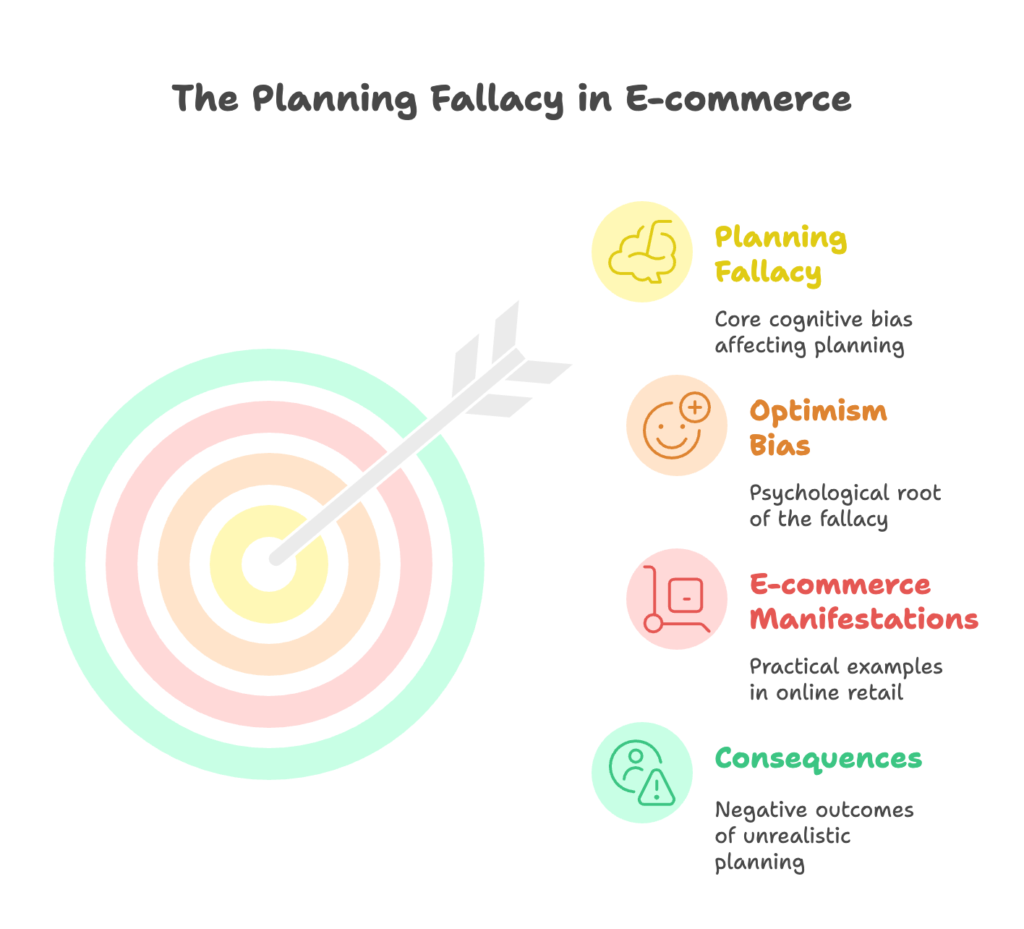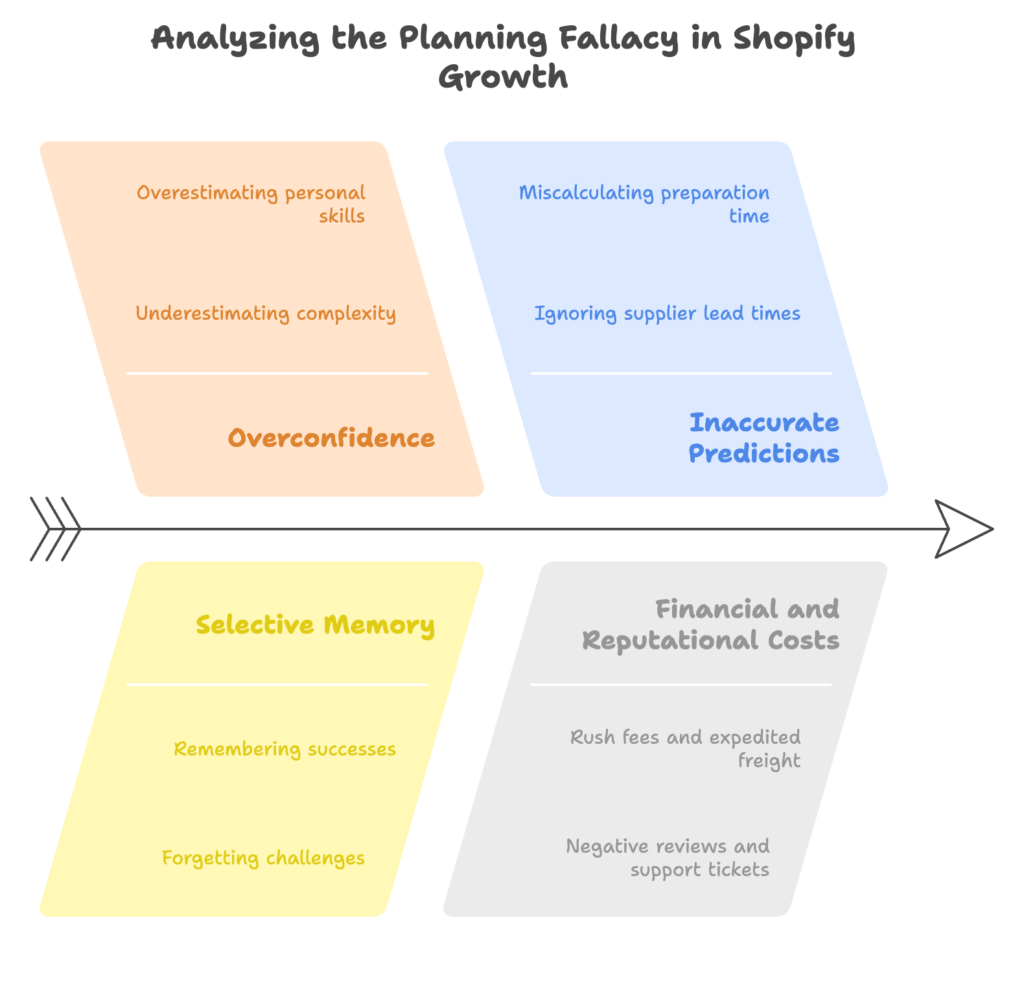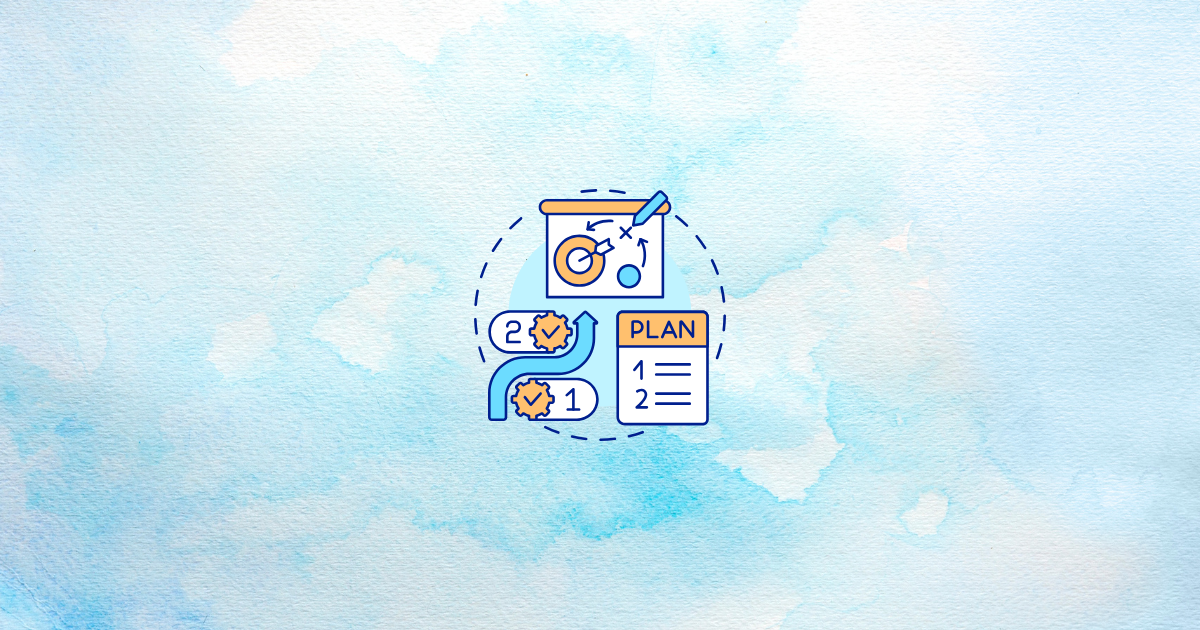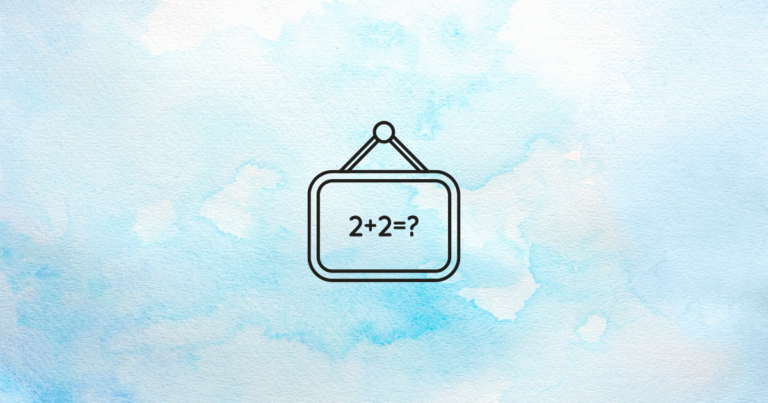Ever found yourself launching a new product, sure it would take “just a few days,” only to watch the calendar sprint past your deadline? Or maybe those “quick tweaks” to your store gobbled up an entire month. If so, you’ve met the Planning Fallacy—the sneaky bias that convinces smart people to underestimate time, costs, and risks. By the end of this article you’ll know why the Planning Fallacy hits Shopify merchants so hard, how much it really costs, and—most importantly—practical ways to beat it. Ready? Let’s get started.
Understanding the Planning Fallacy
In this first section, we’ll uncover what the Planning Fallacy is, why psychologists Daniel Kahneman and Amos Tversky first wrote about it, and how it shows up in everyday e-commerce life. Stick around, because knowing the enemy is the first step to winning the war on missed deadlines.

Definition and Psychological Foundations
The Planning Fallacy is a cognitive bias that leads us to underestimate time, money, and risk while overestimating our own skills. Kahneman and Tversky (1979) linked it to optimism bias—our natural tendency to believe things will turn out better than they usually do.
Why It Matters in E-commerce
Online retail moves quickly. Unrealistic plans can snowball into missed launches, blown budgets, and unhappy customers. In a world where a two-second delay can drop conversions, you can’t afford a faulty timeline.
Common Manifestations in Shopify Stores
- Overly optimistic product launches: Planning a two-week turnaround that drifts into six.
- Marketing campaign crunches: Underestimating how long A/B tests and creative approvals actually take.
- Inventory misreads: Ignoring last year’s data and ordering too little (or too much) stock.
So far we know what the Planning Fallacy is and how it creeps into store operations—but the real question is: What damage does it do? Let’s pull back the curtain.
How the Planning Fallacy Impacts Shopify Growth
This section dives into real Shopify scenarios where dreams clashed with reality. We’ll tally the costs—financial and reputational—so you can see why accuracy isn’t optional.

Case Studies of Failed Predictions
- Black Friday scramble: One store set a ten-day prep goal for banners, ads, and inventory. The work took 24 days, ad accounts flagged rushed creatives, and sales dropped 18% versus the previous year.
- Dropshipping delays: A business ignored supplier lead times, promising three-day shipping during peak season. Packages arrived two weeks late, triggering refund requests that wiped out holiday profit.
Quantifying the Costs
- Financial hits: Rush fees for overnight design, expedited freight, and ad spend misfires.
- Reputation damage: Negative reviews and a spike in support tickets erode trust—something no discount can quickly fix.
Cognitive Triggers in Entrepreneurs
- Overconfidence: “I’ve built landing pages before; this will be easy.”
- Selective memory: Remembering past wins, forgetting how messy they truly were.
Now that we’ve counted the cost, the next logical move is to outsmart the bias. How? By arming yourself with proven strategies.
Strategies to Overcome the Planning Fallacy
Buckle up. Here we explore five practical tactics you can apply today—each one aimed at turning wild guesses into data-driven plans.
Leveraging Historical Data
Past timelines are gold. Pull task durations from Shopify Analytics, Google Analytics, or a simple time-tracking app. If last year’s holiday banner revamp took 15 days, don’t assume you’ll nail it in five.
Reference Class Forecasting
Compare your upcoming project to similar projects across the industry. Baymard Institute’s research shows that major checkout redesigns average three to six months. Use that as your baseline, not your best-case fantasy.
Task Decomposition
Break big projects into bite-sized tasks. A full store redesign becomes UI updates, SEO tweaks, QA testing, and deployment. Tools such as Trello, Asana, or Shopify’s native task lists keep each slice visible.
Buffer Time Implementation
Add a 20–30% cushion to every estimate. Planning a two-week email campaign? Schedule three. The buffer absorbs revisions, approvals, and unexpected setbacks.
Third-Party Perspectives
Run a pre-mortem: ask your team, “How could this fail?” Then, bring in a Shopify expert for an outside audit. Fresh eyes catch blind spots you don’t know you have.
Feeling better equipped? Great. Now let’s look at specific tools and frameworks that make all this even easier.
Tools and Frameworks for Realistic Goal-Setting
We’ll pair strategy with software. Think of this as your toolkit for turning accurate plans into repeatable systems.
Shopify-Specific Solutions
- Order Deadline: Sets clear delivery expectations on product pages.
- Shopify Flow + Zapier: Automates task hand-offs, ensuring nothing slips through the cracks.
SMART Goal Framework
Shape every objective so it’s Specific, Measurable, Achievable, Relevant, and Time-bound. Example: “Increase monthly revenue by 15% in Q3 with segmented email flows.”
Agile Methodology for E-commerce
Run two-week sprints, review progress, adapt to supplier hiccups or algorithm updates. Agile keeps you flexible without losing focus.
Armed with tools, you’re ready to see them in action. Let’s examine stores that beat the bias and won big.
Case Studies of Successful Shopify Stores
These real-world wins show what happens when merchants ditch guesswork and embrace realistic planning.
Brand A: Overcoming Inventory Mismanagement
By mapping three years of holiday sales, Brand A predicted demand within 5%. Stockouts dropped 30%, and customers applauded the “always in stock” experience.
Brand B: Optimizing Launch Timelines
Using reference class forecasting, Brand B planned a six-month product roll-out—and launched on the dot. Post-launch surveys hit 95% satisfaction because promises matched reality.
If those stores can tame the Planning Fallacy, so can you. Next up: future-proofing your strategy with AI and a culture that prizes realism.
Future-Proofing Your Shopify Strategy
Let’s peek over the horizon. You’ll discover how machine learning and team culture combine to keep the Planning Fallacy at bay—long after today’s checklist is done.
AI and Predictive Analytics
Shopify’s AI forecasting tools crunch sales trends to suggest order quantities and campaign timing, stripping bias from raw data.
Building a Culture of Realism
Teach teams to spot cognitive biases in planning sessions. Celebrate accurate forecasts, not heroics that “saved” late projects. Encourage open chat about roadblocks so surprises surface early.
You now hold the blueprint for smarter timelines, healthier budgets, and happier customers.
References
- Kahneman, D., & Tversky, A. (1979). Intuitive Prediction: Biases and Corrective Procedures. Management Science.
- Lovallo, D., & Kahneman, D. (2003). Delusions of Success: How Optimism Undermines Executives’ Decisions. Harvard Business Review.
- Baymard Institute. (2024). Checkout Usability: Causes of Cart Abandonment. https://baymard.com/research/checkout-usability
- Shopify Blog. (2025). Using Historical Data to Improve Forecasting. https://www.shopify.com/blog/ecommerce-forecasting
- Trello. (2025). Project Management for E-commerce. https://trello.com/shopify
- Order Deadline App. (2024). Shopify App Store. https://apps.shopify.com/order-deadline
- Nielsen Norman Group. (2023). E-commerce User Experience Best Practices. https://www.nngroup.com/reports/ecommerce-product-pages
- First Pier. (2025). Shopify Growth Strategy Guide. https://www.firstpier.com/resources/shopify-growth-strategy
Ready to boost your Shopify sales with timelines that actually stick? Growth Suite is a free app that helps you plan, launch, and optimize discount campaigns without the guesswork. Install with a single click and watch your store grow—on schedule and on budget.




